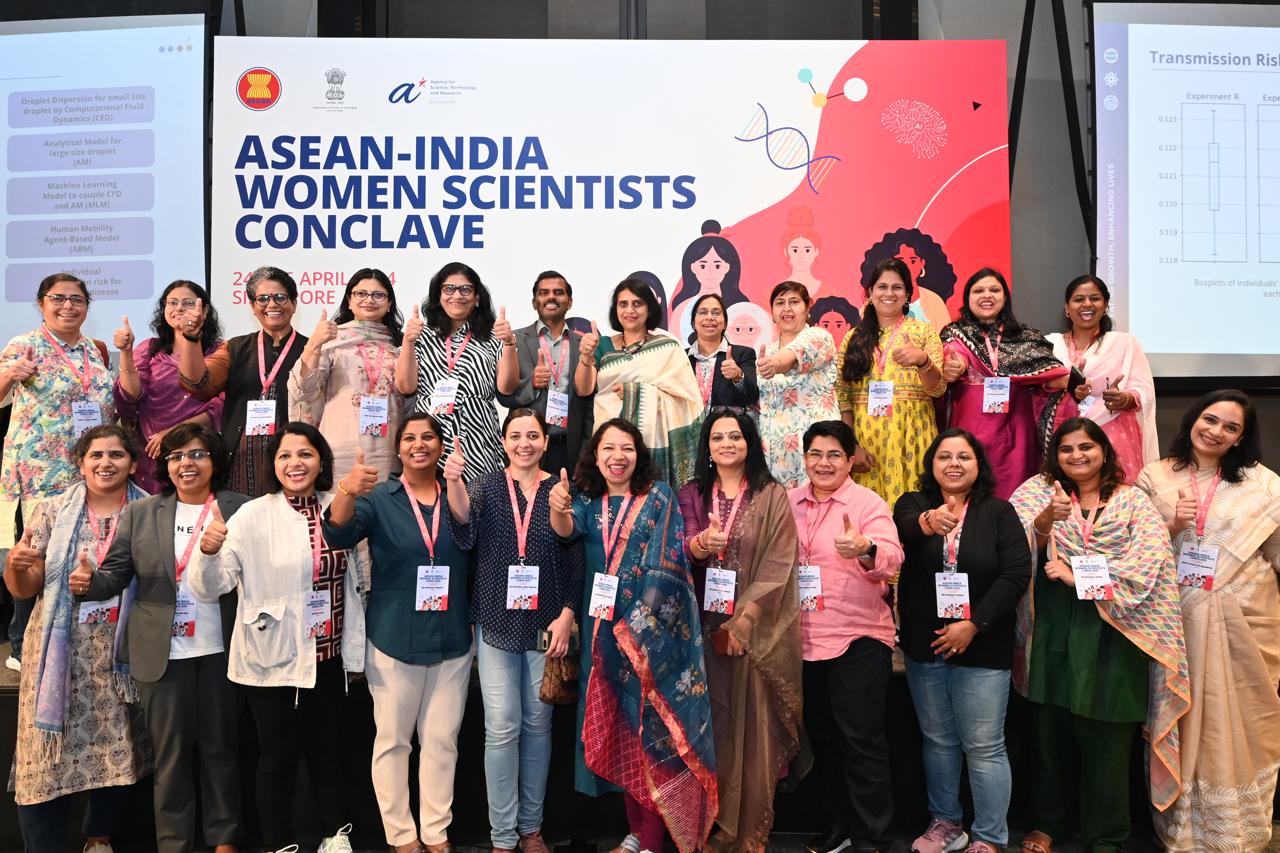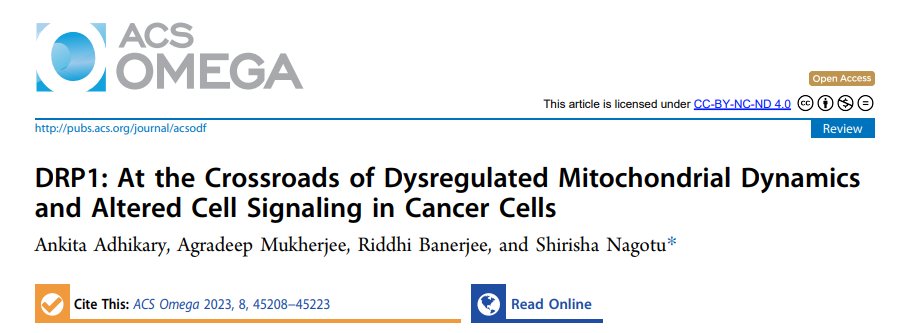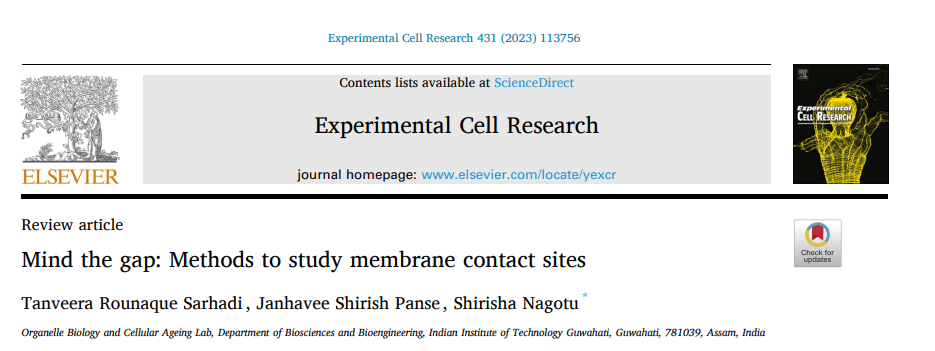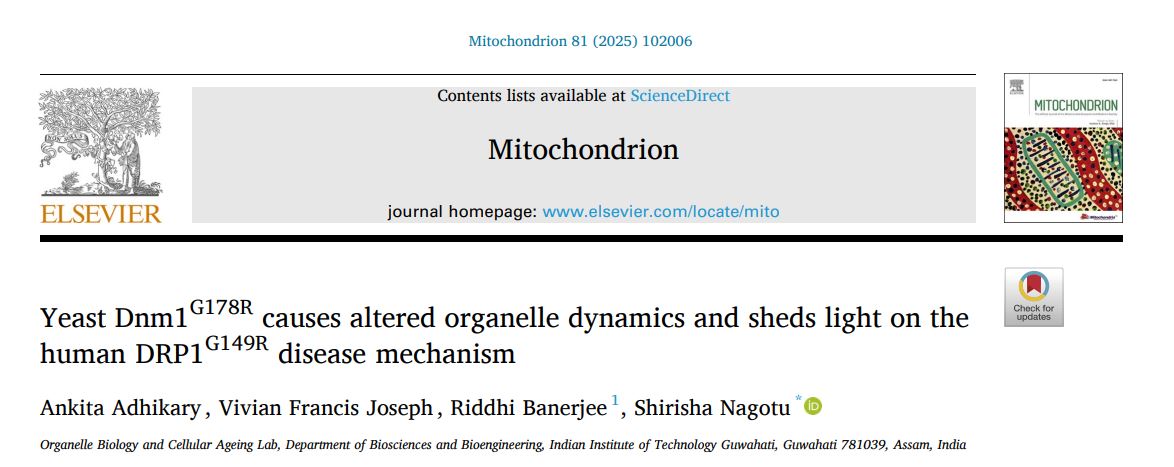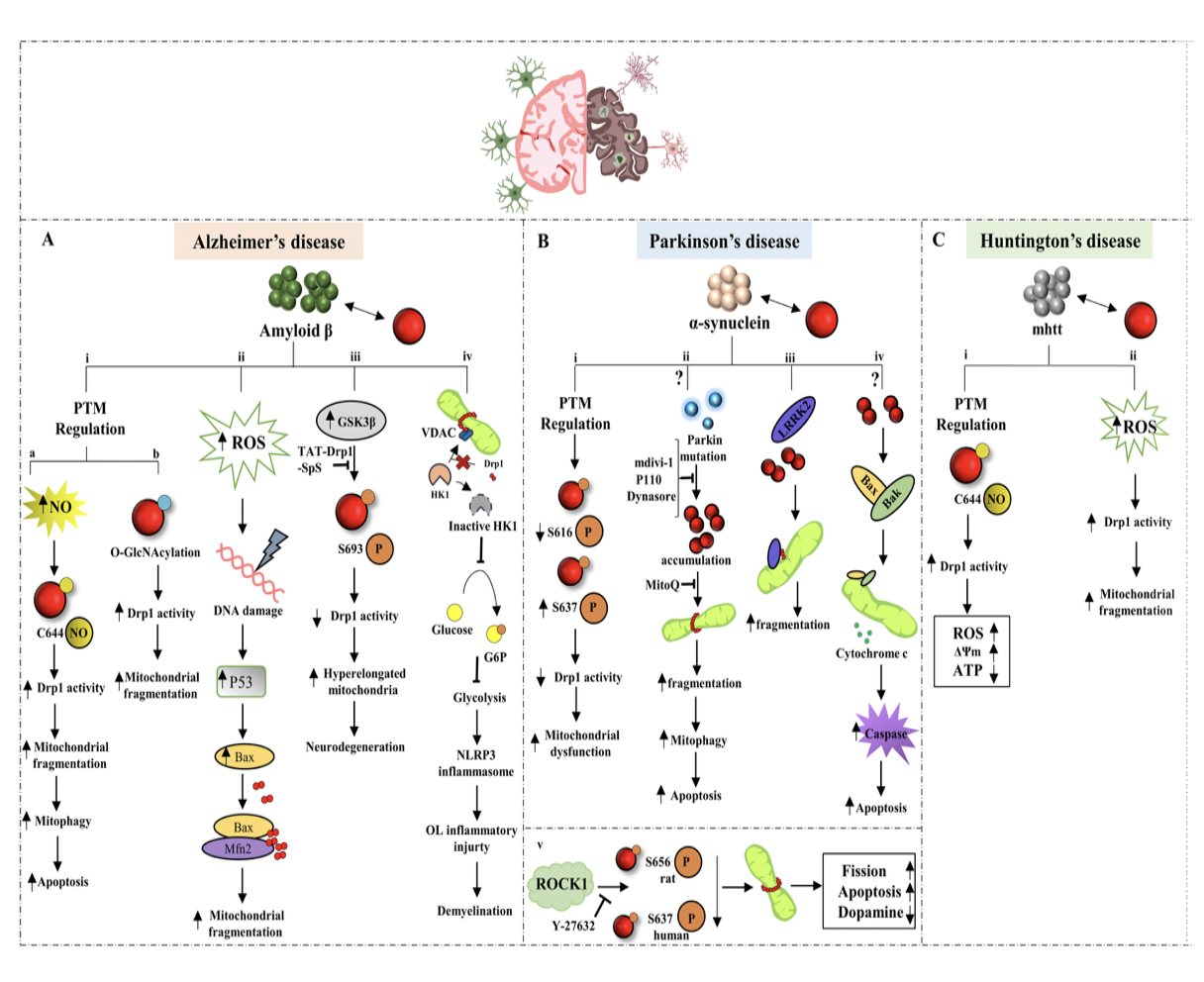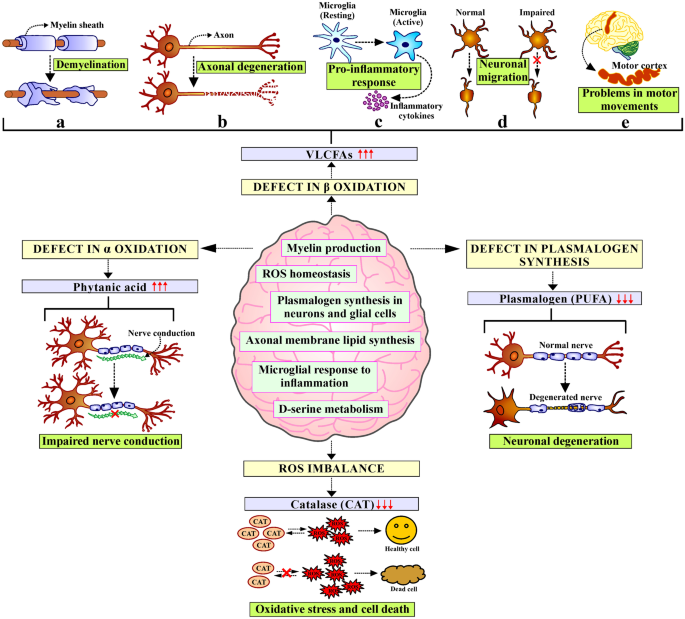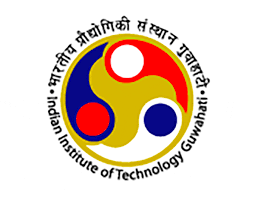 |
Organelle Biology And Cellular Ageing Lab
| 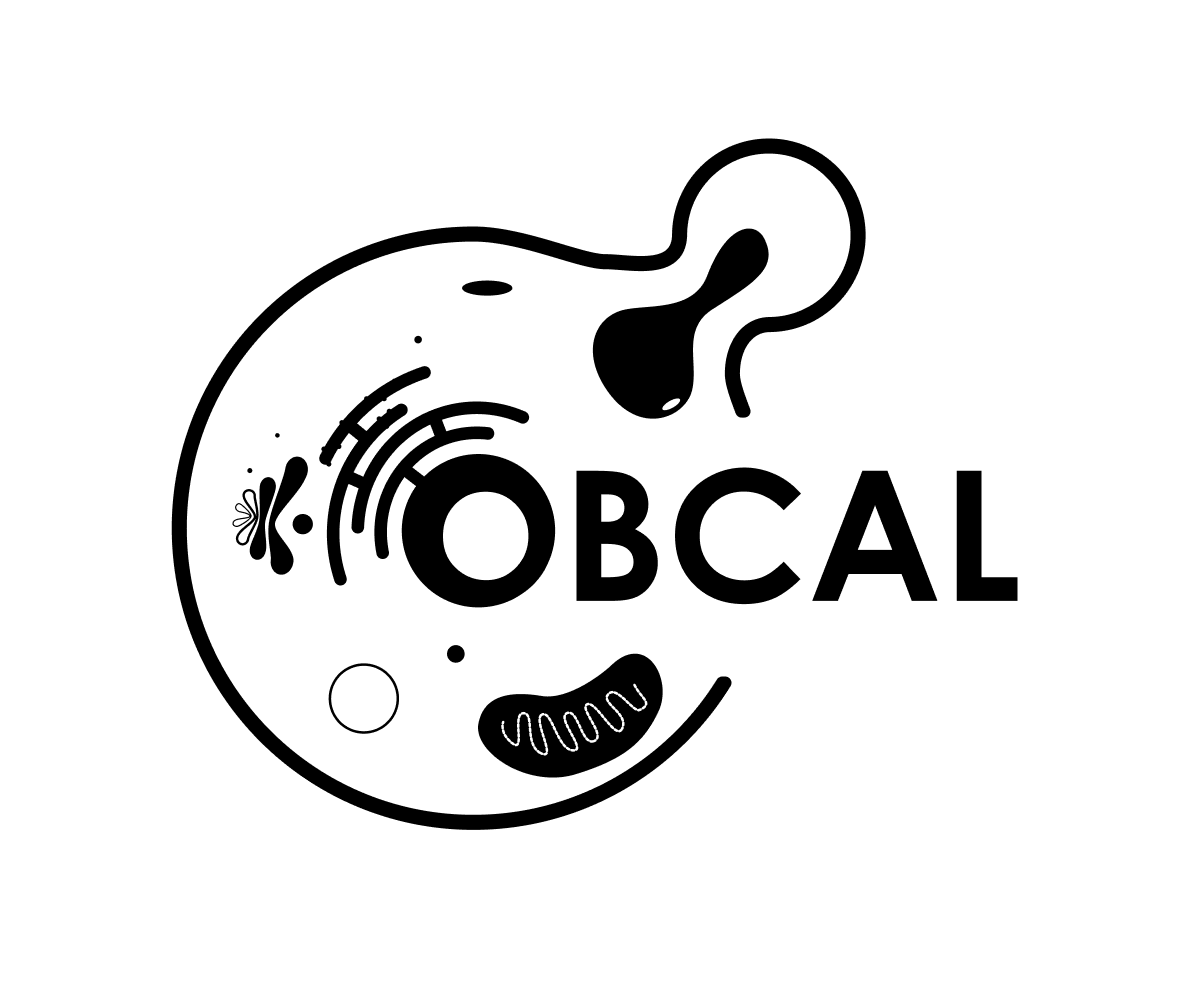
|
|
Peroxisomes biogenesis
Deori et al, 2018
Role of peroxisomes in yeast replicative and chronological lifespan
Banerjee et al, 2019
Mitochondrial structure-function alterations in human disease conditions
Role of mitochondrial fission in various neurodegenerative diseases
Age-associated neurodegeneration and the role of subcellular organelles
Deb et al, 2018
Organelle dynamics in viral infections
Glingston et al, 2018




